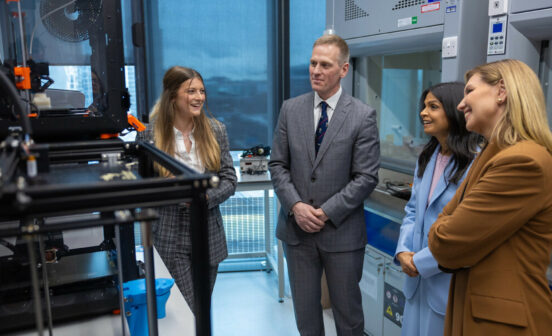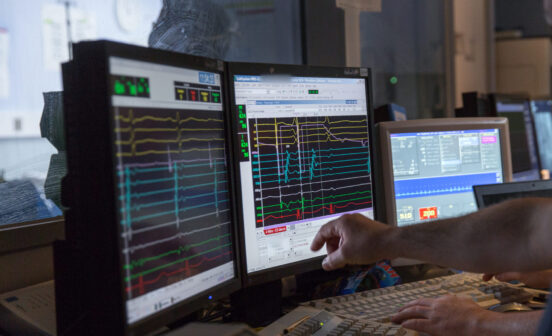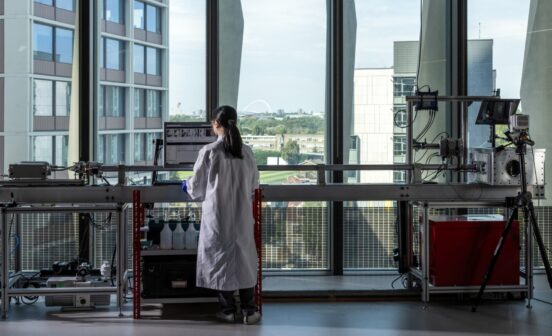Informatics Approaches Modelling patient mortality to improve outcomes in emergency surgery

Patient mortality prediction models currently in use in general surgery assume all patients as homogeneous and do not consider various individual-level variables, resulting in significant uncertainty in predicting mortality. This is particularly pertinent in one of the highest risk surgical procedures, Emergency Laparotomies (EL), an abdominal open surgery to examine the organs.
In search of a remedy, scientists from the NIHR Imperial BRC and University College London have developed a model using data from 1,27,134 EL patients from 186 hospitals during 2013-2019 in England and Wales, representing 81% of all EL occurring in the given locations. Their model is referred to as ‘risk of death is uncertain in emergency laparotomy’ or RUNE, a multi-variable in-hospital mortality prediction model which quantifies uncertainty over the risk of death for patients having EL procedures.
RUNE builds upon an existing model – NELA (National Emergency Laparotomy Audit) calculator. The model’s analysis code was developed in compliance with the best practice guidelines and is publicly available at https://github.com/finncatling/lap-risk, which is a vital contribution enabling reproduction of results including adaptation of methods to other data sources.
Despite RUNE performing well in cross-validation, like any other scientific discoveries, further work is required to analyse how these anticipated risk distributions will inform decision-making in practice. The scientists suggest qualitative research in this field may expand understanding and progress conversion of risk models to implementation with results.
The RUNE developers acknowledged that survival from a surgical procedure is not the only element of life patients care about; quality-of-life post-surgery matters tremendously too. With this in mind, the scientists hope to expand RUNE to predict risk of specific complications in individuals, which may help improve patient’s quality-of-life.
The model improves mortality risk prediction in EL and has the potential to inform decision-makers and assist discussions with patients and their families. The model developers have made the online calculator and application programming interface (API) for the production version of RUNE available at http://laparotomy-risk.com/





